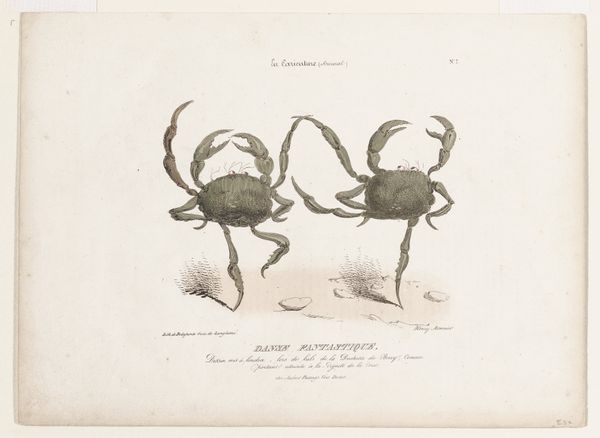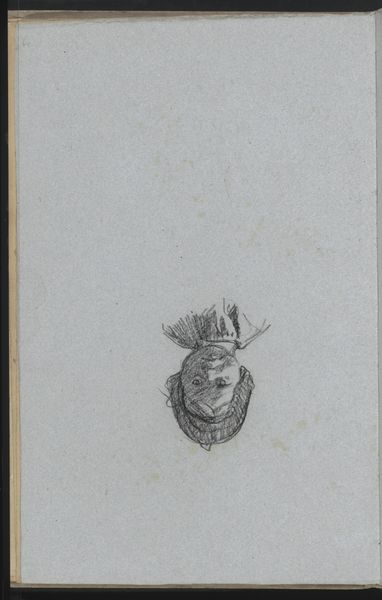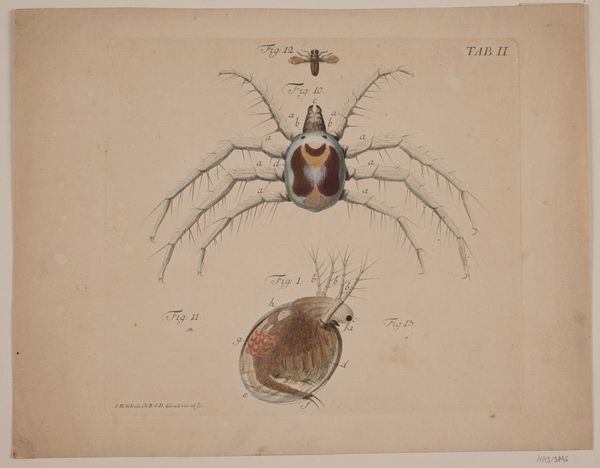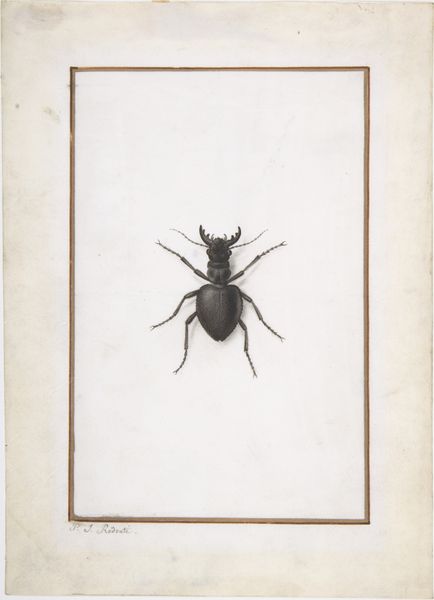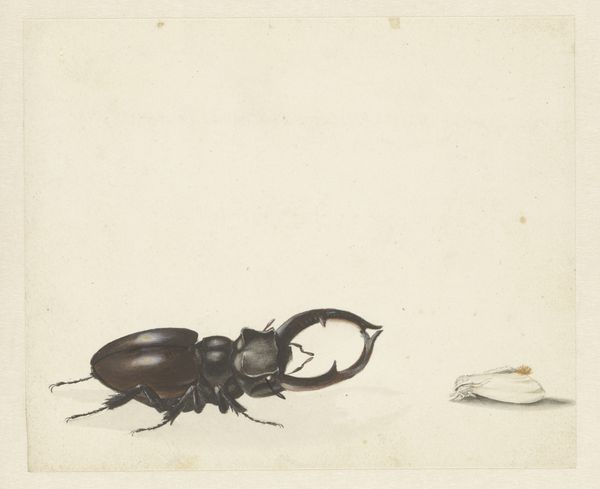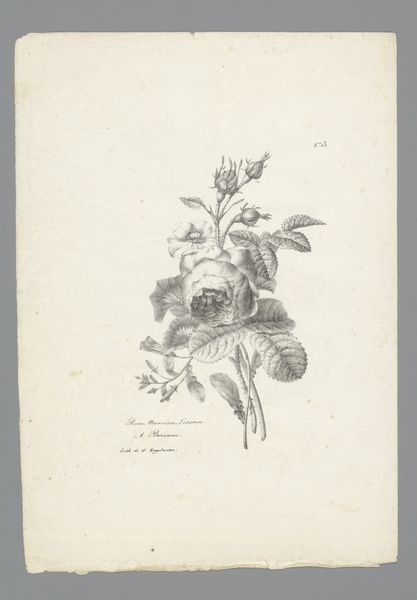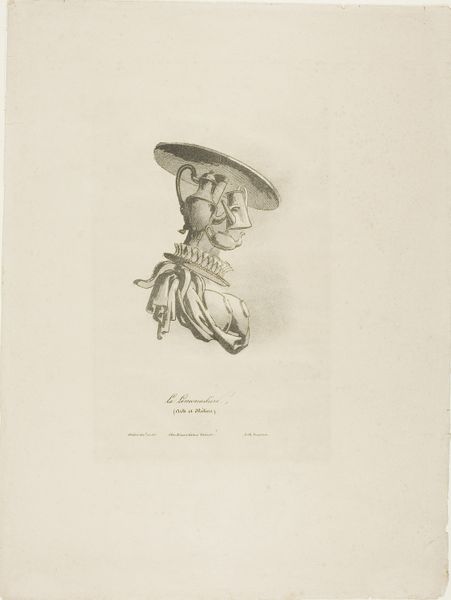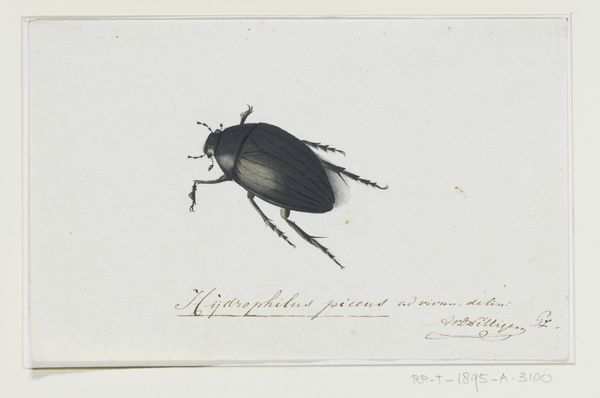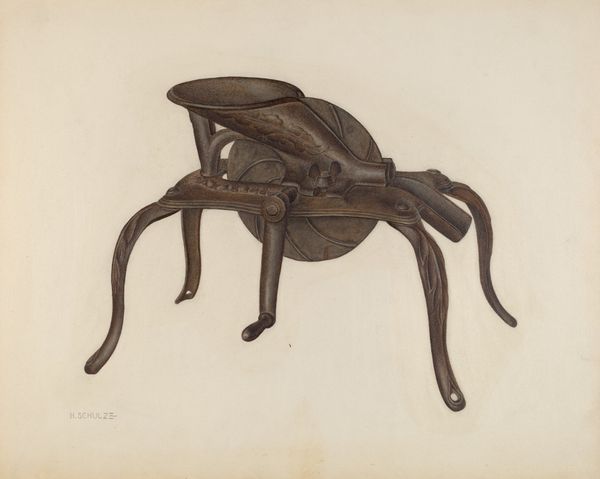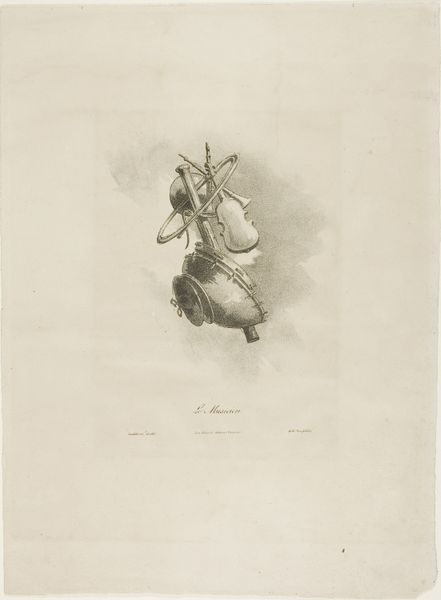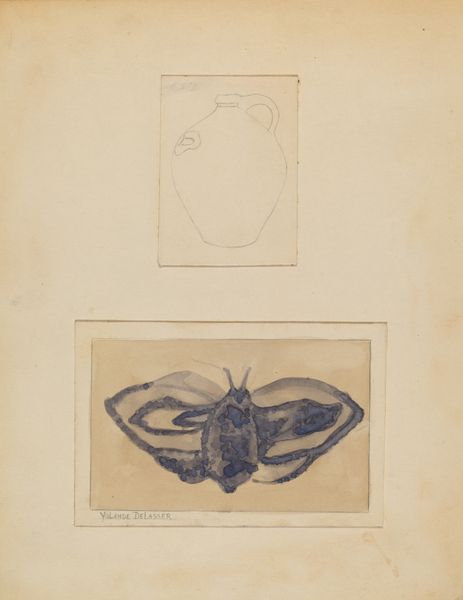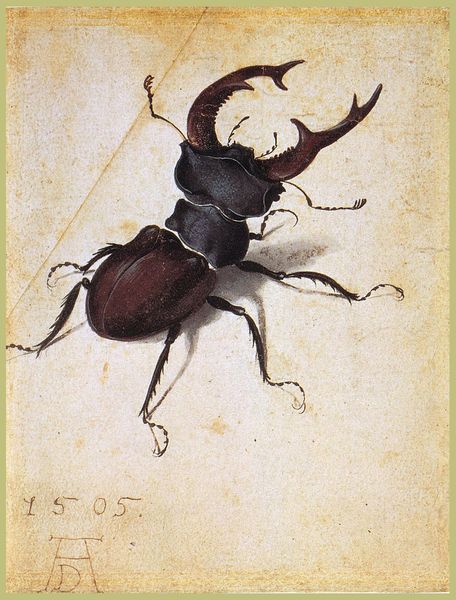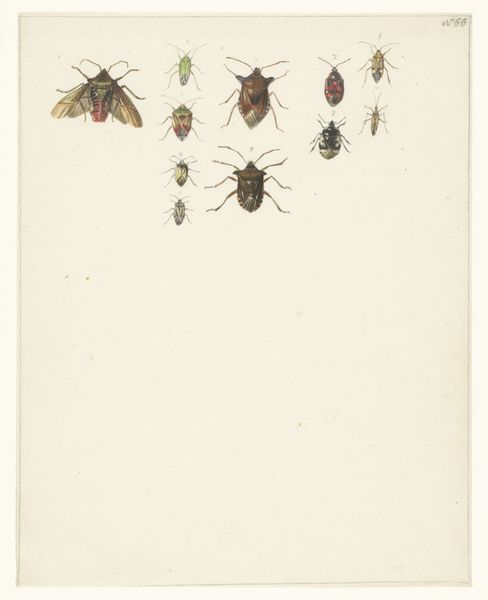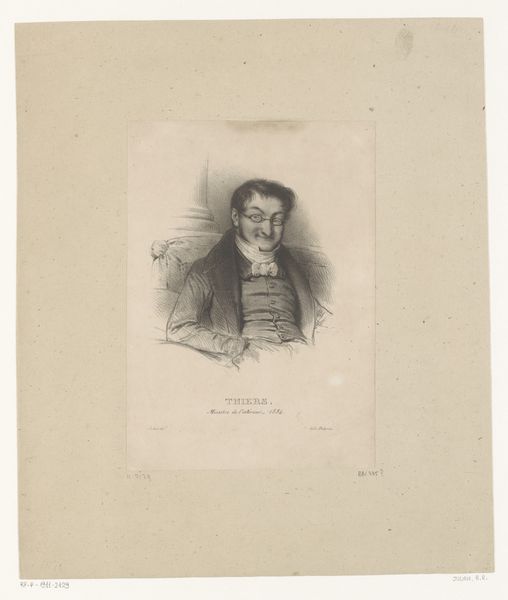
Hum-Bug (P. T. Barnum), from the Comic Natural History of the Human Race 1851
0:00
0:00
Dimensions: sheet: 13 1/2 x 8 13/16 in. (34.3 x 22.4 cm)
Copyright: Public Domain
Curator: Here we have Henry Louis Stephens’s “Hum-Bug (P. T. Barnum), from the Comic Natural History of the Human Race,” dating to 1851, a watercolor, drawing, and print on paper. My immediate reaction is that the combination of human portrait and beetle body is incredibly unsettling! Editor: Unsettling, yes, but in such a fascinating way. Look at how the artist merges the face of P.T. Barnum, the famous showman, with that of a beetle. The printmaking and watercolor work together here. Print for the crisp outlines, and watercolor for tone, resulting in a sharp critique about how labor and persona collide. Curator: Indeed. P. T. Barnum as a "Hum-Bug," what an intriguing representation! Insects often symbolize industriousness but here, paired with Barnum, it suggests exploitation. It feels like an accusation of him as a worker who relies on cheap theatrics, his portrait seamlessly conjoined, entomologically classified. Editor: And think about what the beetle meant at the time, the association with rot, and dirt, then, in tandem with P.T. Barnum is the degradation of public taste with commodified amusement, mass culture repackaged in an image. It almost reads as a moral judgment. Curator: It also plays with the emerging fascination with scientific classification at the time, the drawing feels like the visual classification in some natural history textbook. But subverted. Instead of observing a creature of nature, we’re watching the spectacle of manufactured celebrity— the very material of which celebrity culture is made. The human head is still identifiable, yet pinned like a bug, the artist using medium and caricature as material to make this comic critique, questioning his methods. Editor: It makes you think, doesn't it? How relevant are these representations today? Our relationship with media is more twisted now. The insect and the entertainer morph together, what could that tell us? Curator: Precisely! Stephens forces us to grapple with our enduring need for spectacle and artifice. It is pretty amazing how such a simple medium reveals deeper truths that were not easily grasped until we stepped back to look closer at what that means today.
Comments
No comments
Be the first to comment and join the conversation on the ultimate creative platform.
